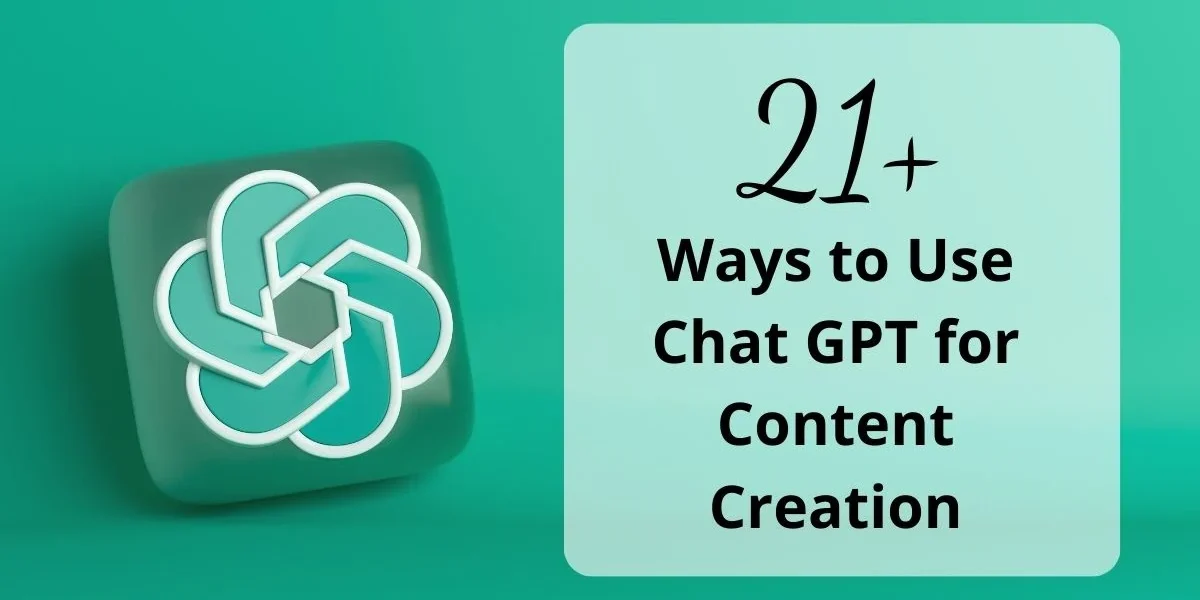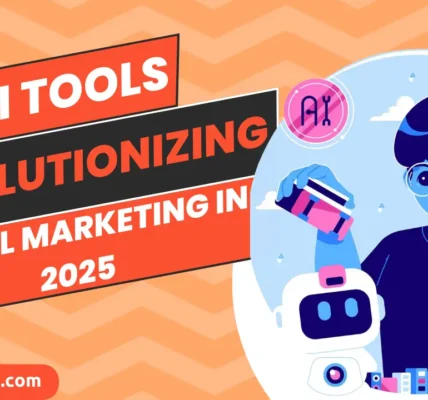In today’s digital landscape, creating high-quality content consistently can be challenging, especially for businesses and content creators looking to scale. One powerful tool that has revolutionized content creation is GPT (Generative Pre-trained Transformer), an AI language model developed by OpenAI. In this guide, we’ll explore how to use GPT for content creation and the benefits it can bring to your content strategy.
We will also dive into the world of AI-powered content generation and GPT-driven writing tools, and how these technologies can help streamline your creative process.
What is GPT and How Does It Work?
Before we get into how to use GPT for content creation, it’s important to understand what GPT is. GPT is an advanced AI language model trained to understand and generate human-like text. It uses vast amounts of data from books, websites, and other content to generate contextually relevant text based on the input it receives.
When you provide GPT with a prompt or a question, it can respond with coherent, contextually appropriate, and often insightful text. As a content creator, this opens up countless possibilities to enhance your content production process.
Key Features of GPT:
- Natural Language Understanding: GPT understands context, tone, and sentiment, allowing it to produce text that reads like it was written by a human.
- Versatility: From blog posts and articles to product descriptions, GPT can generate a wide range of content types.
- Customization: You can guide GPT’s responses by providing specific instructions, making it highly adaptable to different writing styles or niches.
Step-by-Step Guide: How to Use GPT for Content Creation
Now that you have a basic understanding of GPT, let’s dive into how to use GPT for content creation. Below is a step-by-step guide to getting started.
1. Choose the Right GPT Tool
There are various GPT-driven writing tools available, each with unique features. Some focus on specific types of content (like blog posts or social media), while others are all-in-one platforms that can assist with a variety of writing tasks.
Popular GPT Tools:
| Tool | Features | Best For |
|---|---|---|
| OpenAI GPT | Customizable prompts, multi-language | Versatile content generation |
| Jarvis (now Jasper) | Long-form content creation, SEO tools | Blog posts, eBooks, ad copy |
| Copy.ai | Short-form copy, email marketing | Social media, email campaigns |
| Writesonic | AI blog writer, content templates | SEO-optimized content creation |
2. Define Your Content Goals
Before using GPT, it’s crucial to have a clear idea of the content you want to generate. Are you creating blog posts, social media content, email newsletters, or product descriptions? Knowing your goal will help you tailor your prompts to get the most relevant output from GPT.
Content goals might include:
- SEO-optimized blog posts
- Engaging social media posts
- Product descriptions
- Ad copywriting
- Email marketing campaigns
3. Craft Clear and Specific Prompts
When using GPT for content creation, the quality of your prompts directly influences the output. To get the best results, make sure your prompts are clear, concise, and detailed. For example, instead of saying “Write an article about SEO,” specify the focus, such as “Write a 500-word blog post on SEO strategies for beginners.”
Tips for Crafting Effective Prompts:
- Be specific: Instead of vague instructions, give GPT context and details.
- Include keywords: If SEO is your goal, include keywords you want GPT to incorporate.
- Set the tone: If you’re aiming for a casual tone or a formal style, specify it in the prompt.
4. Review and Edit the Output
Although GPT is highly sophisticated, it’s still essential to review and edit the generated content. AI tools can produce impressive drafts, but human creativity and insight are often needed to refine the message and ensure the content aligns with your brand voice.
Things to check:
- Grammar and spelling: Ensure the output is error-free.
- Relevance: Make sure the content matches your intended topic.
- Originality: Ensure the content is unique and doesn’t inadvertently plagiarize.
5. Optimize the Content for SEO
One of the advantages of using AI-powered content generation tools is their ability to incorporate SEO best practices. Many GPT-driven writing tools, such as Jasper and Writesonic, come with built-in features to help optimize content for search engines.
SEO Tips to Use with GPT:
- Use keywords naturally: Avoid keyword stuffing. GPT can help integrate keywords naturally within the content.
- Optimize headings and subheadings: GPT can generate SEO-friendly headings to improve readability and ranking.
- Meta descriptions: GPT can write optimized meta descriptions for each page or article.
Benefits of Using GPT for Content Creation
Using GPT for content creation offers numerous advantages that can help you streamline your workflow and improve the quality of your content.
1. Time Efficiency
Creating high-quality content can be time-consuming. With GPT, you can significantly reduce the time it takes to produce content. AI-powered tools can quickly generate drafts, saving you hours of writing.
2. Enhanced Creativity
Sometimes, writer’s block can hinder creativity. GPT offers a fresh perspective, helping you break through creative barriers. It can suggest new ideas or angles for your topic, sparking creativity.
3. Consistent Content Production
Whether you’re managing a blog, social media accounts, or an email campaign, consistency is key. GPT allows you to maintain a consistent content output without sacrificing quality.
4. Cost-Effective
Hiring professional writers or agencies can be expensive, especially if you need a lot of content. GPT-driven tools provide a more affordable alternative without compromising on quality.
GPT vs. Traditional Content Creation
While GPT is an excellent tool, it’s important to consider the pros and cons compared to traditional content creation methods. Below is a simple comparison:
| Feature | Traditional Content Creation | GPT for Content Creation |
|---|---|---|
| Time to Produce | Can take days to write and edit | Can generate drafts in minutes |
| Cost | Can be expensive (hiring writers) | More cost-effective, subscription-based |
| Quality | Human touch, nuanced creativity | Can produce high-quality drafts but may need edits |
| Scalability | Limited by available writers | Can scale easily for large projects |
FAQs: How to Use GPT for Content Creation
1. Can GPT write high-quality content on its own?
While GPT can generate high-quality drafts, it’s best to review and refine the content to ensure it aligns with your brand voice and style. It is an excellent tool for generating ideas and outlines.
2. How can I use GPT for SEO?
GPT can help with SEO by generating content that incorporates keywords naturally. Many GPT-driven tools also offer SEO features, such as keyword suggestions, optimized headings, and meta descriptions.
3. Can GPT generate long-form content?
Yes, GPT can generate long-form content, such as blog posts, articles, and eBooks. However, it’s important to provide clear prompts and review the output to ensure quality and coherence.
4. Is GPT content original?
GPT generates content based on the data it has been trained on. While the content it produces is typically unique, it’s always a good idea to run it through plagiarism-checking tools to ensure originality.
Conclusion
How to use GPT for content creation is a question that many businesses and content creators are asking as AI technology continues to advance. GPT, along with AI-powered content generation and GPT-driven writing tools, offers a powerful way to streamline content production, improve quality, and save time.
By following the steps outlined in this guide, you can harness the power of GPT to produce high-quality, engaging content efficiently. Whether you’re writing blog posts, product descriptions, or social media updates, GPT can be an invaluable tool in your content creation toolkit.
Embrace the future of content creation with GPT, and take your content strategy to the next level!





